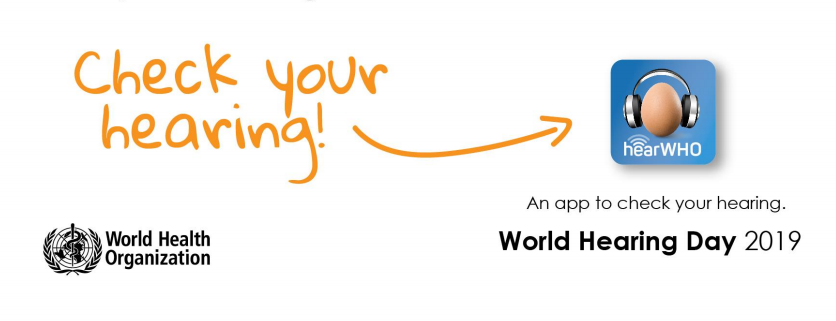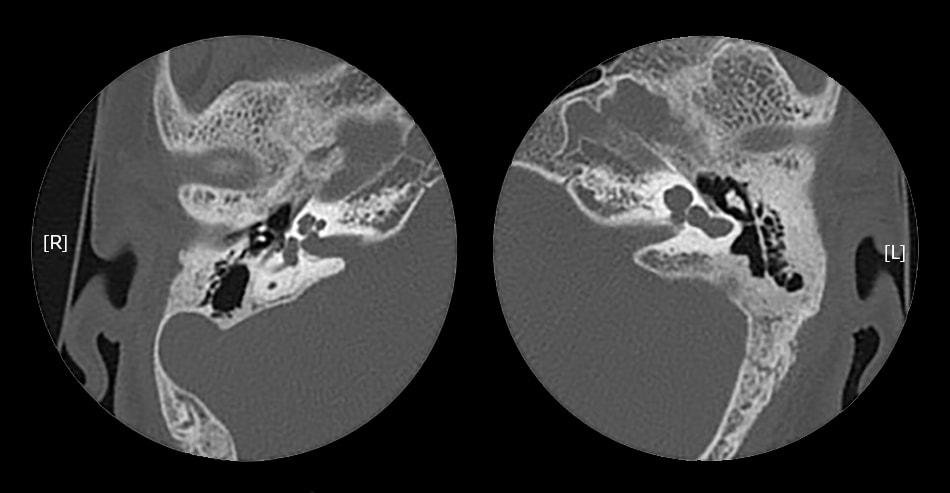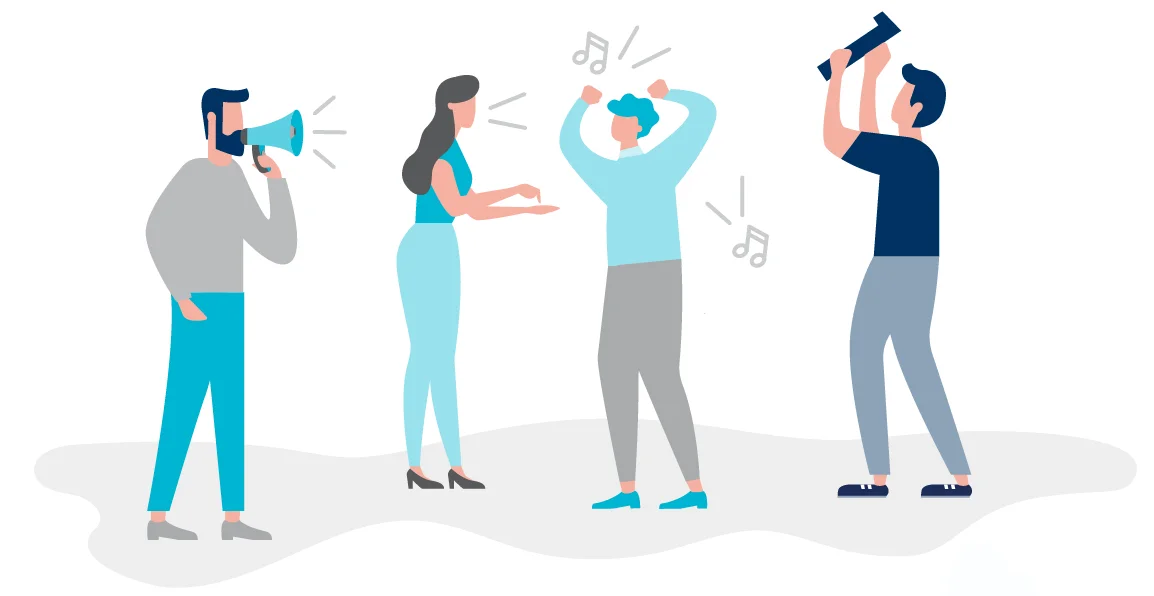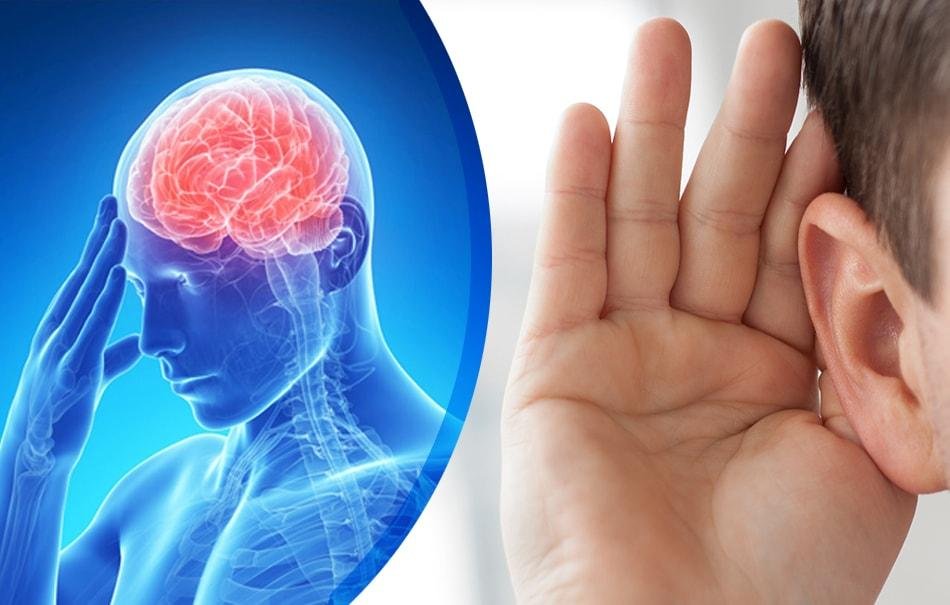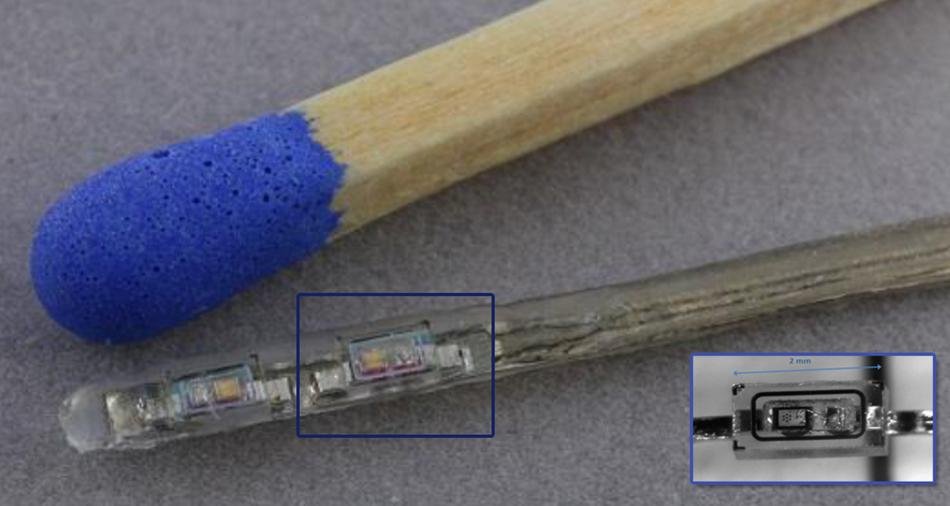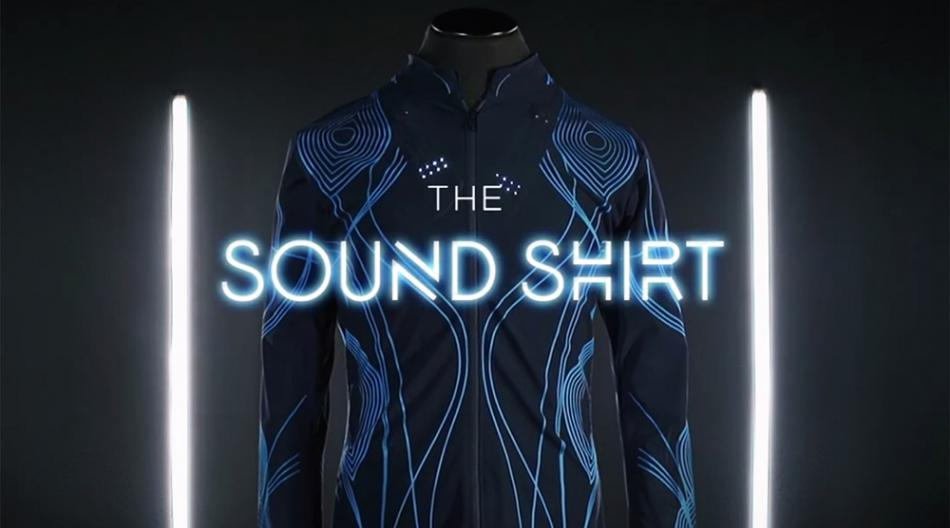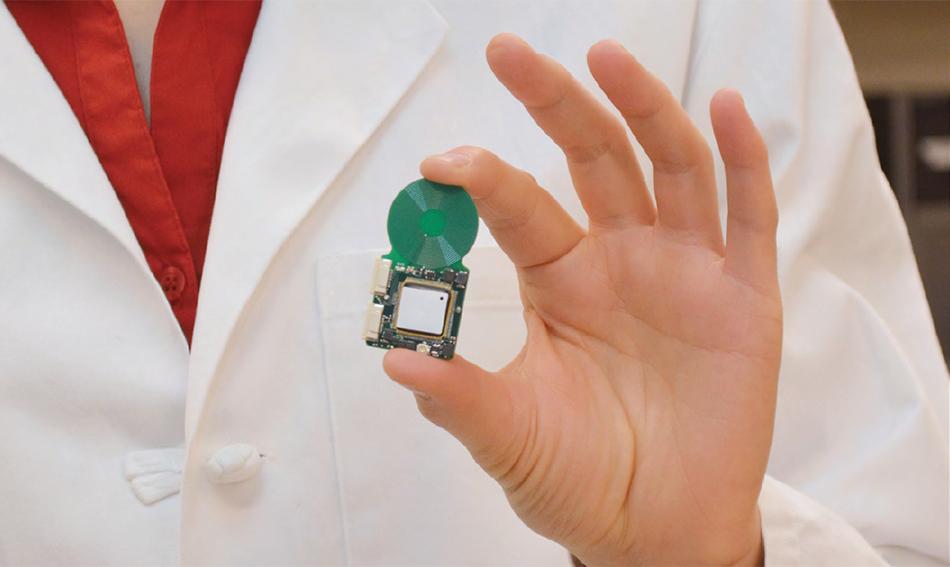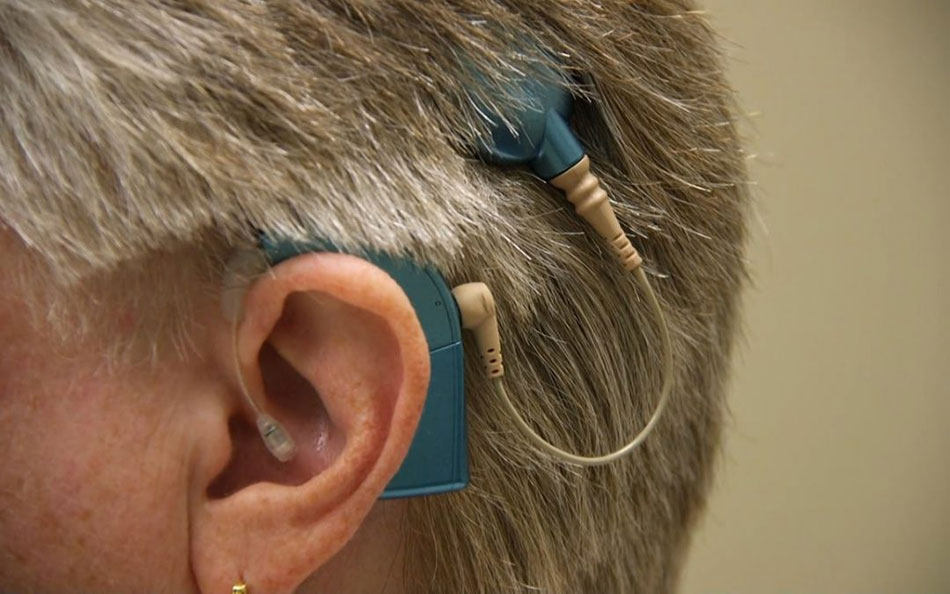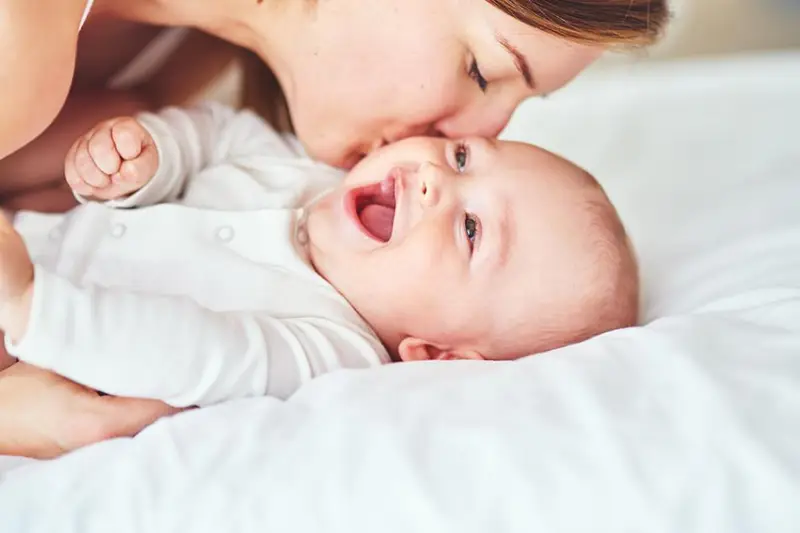World Hearing Day
Globally it is estimated that over 5% of the world’s population i.e around 466 million people – have disabling hearing loss (432 million adults and 34 million children). Unaddressed hearing […]
Posted on
WHO launches “hearWHO” app for mobile devices to help detect hearing loss
To mark the World Hearing Day, the World Health Organization (WHO) has launched “hearWHO“, a free application for smart mobile devices which allows people to check their hearing regularly and […]
Posted on
ENT Quiz – Recurrent Meningitis with Hearing loss
A 12-year-old male child was referred from the pediatric department following resolution of the third episode of meningitis, with complaints of left-sided hearing loss since childhood. Parents noticed the hearing […]
Posted on
ENT Quiz – I can’t hear you!
A 45-year-old locomotive driver consulted his family physician because of a ringing sensation in both his ears for the past 5 years. Away from work, he had difficulty understanding conversations […]
Posted on
Cell phone radiofrequency could enhance head and neck cancers – New study says
Developments in wireless communication technology over the last twenty years resulted in the increasingly widespread use of mobile phones and wireless systems for communication purposes. This has led to concerns […]
Posted on
Noise Induced Hearing loss (NIHL)
Noise induced hearing loss (NIHL) is defined as reduction in auditory acuity (hearing ability) associated with long term exposure to loud sounds. It is the second most common form of sensorineural […]
Posted on
Prestin and Otolin 1 – early biomarkers of Noise Induced Hearing Loss (NIHL)
Noise-induced hearing loss (NIHL) is defined as a reduction in auditory acuity (hearing ability) associated with long term exposure to loud sounds. It is the second most common form of […]
Posted on
Incomplete Cochlear Partition Type I
Inner ear malformations (IEM) represent about 20%–35% of the etiology of congenital sensorineural hearing loss (SNHL). Incomplete cochlear partition anomalies characterize a group of IEM with normal cochlear location, external […]
Posted on
Sudden Sensorineural Hearing Loss is an early predictor of Cerebrovascular Accidents
Sudden sensorineural hearing loss is an acute dysfunction of the inner ear that affects men and women approximately equally, with a peak age-related incidence occurring between 50 and 60 years. […]
Posted on
Optoacoustic Cochlear implant to hear with light pulses
Cochlear implants are electronic prosthetic devices used in adults and children with sensory neural hearing loss, who are not benefited by the use of conventional hearing aids. They bypass the […]
Posted on
“Sound Shirt” – An innovation for “deaf” people to “feel music”
The Junge Symphoniker Hamburg orchestra, Germany in association with CuteCircuit wearable tech company has brought an innovative and revolutionary new gadget for the hearing-impaired people, which will allow the deaf to feel […]
Posted on
Fully Implantable Cochlear Implant (FICI) with Piezoelectric Middle-Ear Sensor
Cochlear Implant (CI) is a prosthetic electronic device which replaces the function of the damaged inner ear. CI provides direct electrical stimulation to the auditory (hearing) nerve in the inner […]
Posted on
Cochlear Implantation in Incomplete Partition type III
Incomplete Partition type III (IP-III) or most widely known as X linked deafness is an inner ear anomaly associated with congenital mixed hearing loss, fixation of stapes footplate and perilymph […]
Posted on
Cochlear ear kiss injury – kissing a baby can make them go deaf
The answer is a Big Yes – you read it right! Kissing on the ear can make the baby or adult permanent deaf! This condition is known as “Cochlear ear kiss injury.” […]
Posted on
